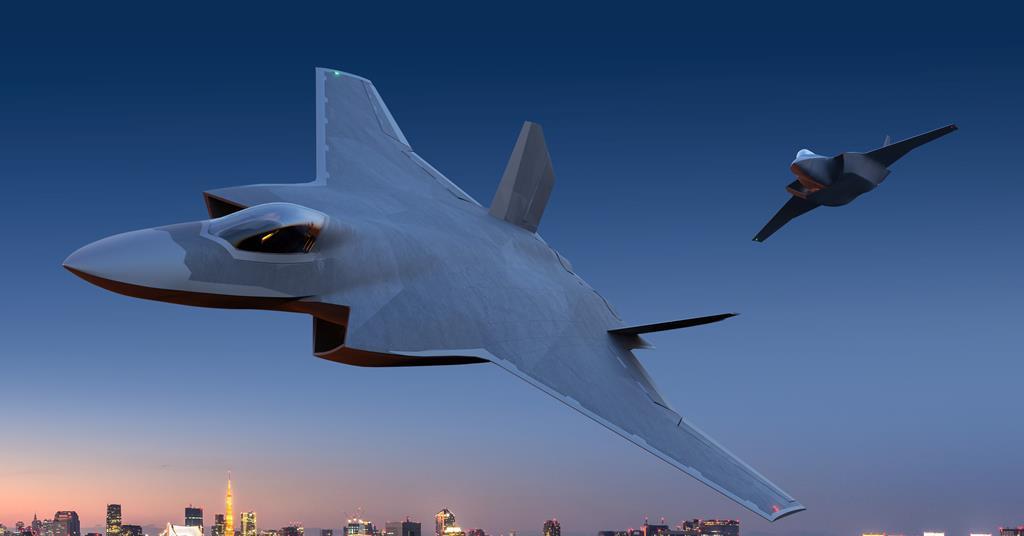Canada and Australia are showing renewed interest in joining the Global Combat Air Programme (GCAP), a trilateral initiative between the United Kingdom, Japan, and Italy to develop a sixth-generation multirole combat aircraft by 2035. Recent statements from defense officials and policymakers in both countries indicate that discussions, while still preliminary, are beginning to take shape. Recent actions and statements by U.S. President Donald Trump and Defense Secretary Pete Hegseth may also have contributed to a reassessment by Canada and Australia of their defense procurement strategies and the reliability of the United States as a defense partner, particularly regarding fighter jets.

In Canada, the Trump administration’s decision in March 2025 to impose a 25% tariff on Canadian imports—citing national security risks and drug trafficking—has heightened trade tensions. This development, combined with public remarks by Trump referring to Canada as a “state” and suggesting annexation through economic means, has prompted concern among Canadian officials about national sovereignty and the broader trajectory of U.S.-Canada relations. In response, Prime Minister Mark Carney launched both a review of the country’s commitment to purchase 88 F-35 fighters, a deal valued at C$19 billion, and consultations with the European Union aimed at reducing reliance on U.S. military equipment and exploring potential alternatives such as the Gripen or Rafale. Defense Secretary Hegseth’s call for NATO members to increase defense spending—suggesting levels up to 5% of GDP—was interpreted in Ottawa as a signal that allies like Canada must assume greater responsibility for their own defense capabilities. Hegseth has also prioritized domestic security and the revitalization of the U.S. defense industrial base, including a focus on foreign military sales, which Canadian officials view as indicative of a more transactional defense relationship and a need to diversify procurement channels.
In Australia, the Trump administration’s imposition of a 25% tariff on steel and aluminum imports—reversing prior exemptions—introduced uncertainty into the U.S.-Australia trade relationship and raised concerns about the durability of long-standing economic agreements. In parallel, former Prime Minister Malcolm Turnbull convened a security policy forum in 2025 that questioned the reliability of the U.S.-Australia alliance and suggested that Australia reconsider its strategic alignment with the United States. Within this context, the Royal Australian Air Force began evaluating future air combat requirements, including potential alternatives to the F-35A and the exploration of next-generation air systems and uncrewed collaborative aircraft. Simultaneously, the AUKUS agreement remains a central element of Australia’s defense planning, with Canberra committing an initial $500 million to support the U.S. submarine industrial base as part of its acquisition of AUKUS nuclear-powered submarines. Secretary Hegseth has acknowledged Australia’s financial commitments and reaffirmed the U.S. strategic focus on the Indo-Pacific, though these developments have not fully resolved concerns in Australia about the consistency of U.S. policy. The cumulative effect of these developments has sparked growing interest in both countries in diversifying defense partnerships and reducing reliance on a single foreign supplier—even if that supplier is the United States.
